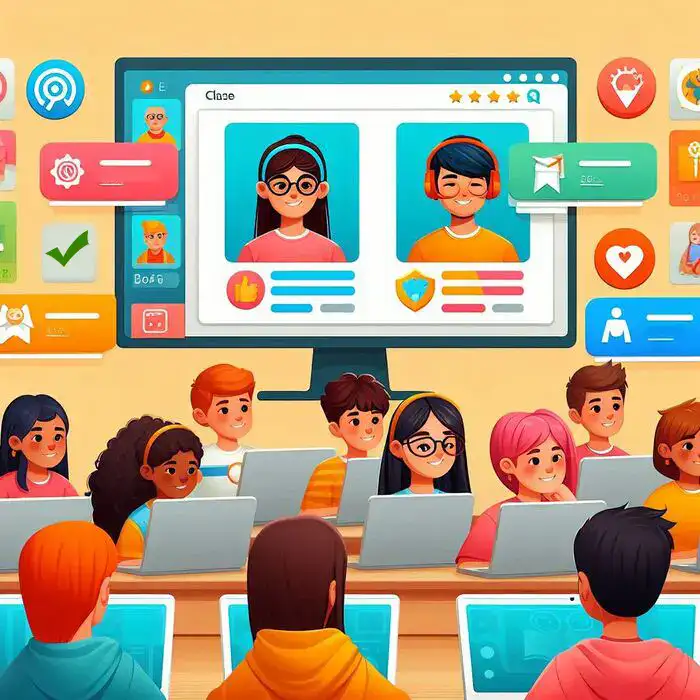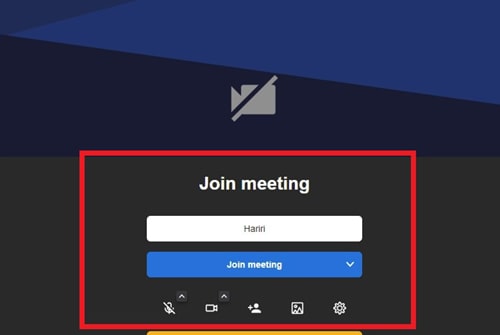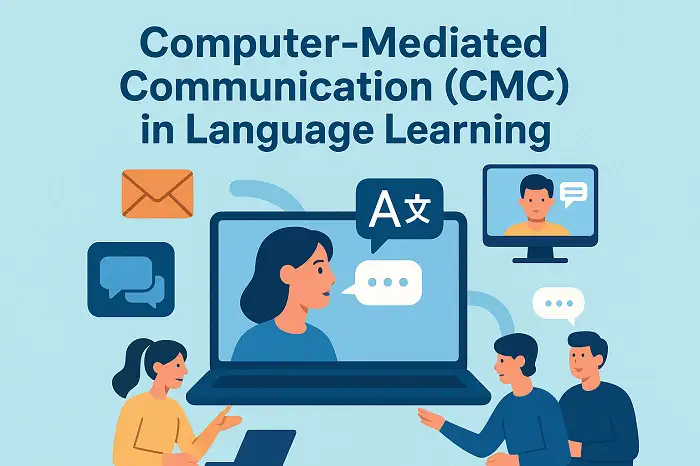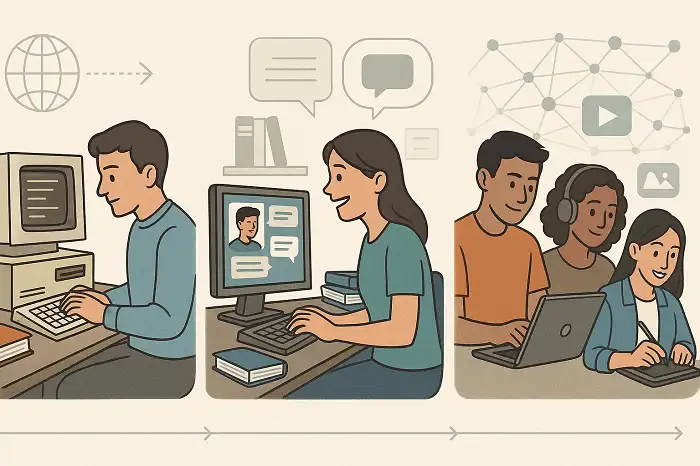Table of Contents
When it comes to holding online classes, choosing the right platform with robust Voice over Internet Protocol (VoIP) capabilities is crucial for seamless communication and engagement. In this post, we explore the top 10 VoIP platforms for online classes, including popular options like Zoom, Skype, and Google Meet. Whether you’re an educator or a student, these platforms offer a range of features to enhance your virtual learning experience.
Video of Top 10 VoIP Platforms for Online Classes
1. Skype
Skype is a well-known VoIP platform that offers reliable voice and video calls, screen sharing, and instant messaging. It’s user-friendly and widely accessible, making it a popular choice for online classes and virtual meetings. Skype was born in 2003 from the innovative minds of Niklas Zennström and Janus Friis. This Estonian-Swedish collaboration aimed to revolutionize online communication, offering a pioneering platform for voice and video calls over the internet. Unlike traditional phone services, Skype utilized peer-to-peer technology to connect users globally, often free of charge. The simplicity and cost-effectiveness of Skype quickly garnered attention, making it a favorite tool for both personal and business communication. Its success eventually led to Microsoft acquiring Skype in 2011, further expanding its reach and capabilities. The early days of Skype marked a significant shift in how the world communicated, paving the way for future advancements in digital connectivity.

In 2010, Dr. Mohammad Hossein Hariri Asl, the visionary founder of LELB Society, pioneered online English classes using Skype, marking the inception of the LELB Society brand. As a passionate educator and advocate for accessible learning, Dr. Hariri Asl’s innovative approach provided a platform for students worldwide to learn English in an engaging and interactive environment. His dedication to leveraging technology for education not only established LELB Society as a reputable online academy but also empowered countless individuals to enhance their language skills and broaden their horizons.
2. Google Meet
Google Meet provides high-quality video conferencing with features like screen sharing, real-time captions, and integration with Google Workspace. It’s ideal for educators and students who are already using Google’s suite of tools. Google Meet is designed to be bandwidth-efficient, using various techniques like adaptive video quality and data saver modes to minimize internet usage. However, this efficiency comes at the cost of certain features, such as meeting recording, which is not natively supported on Google Meet. In contrast, Skype allows users to easily record meetings directly within the app, providing a more comprehensive set of features for capturing and sharing important discussions. This trade-off highlights the different priorities and design philosophies of the two platforms.

These days, the majority of our English and Persian classes at LELB Society are held on Google Meet due to its web-based accessibility, lightweight design, and efficient use of internet bandwidth. This platform’s ease of access allows students to join classes from any device without the need for additional software installations. Additionally, Google Meet’s optimization for minimal data usage ensures that students can participate smoothly, even with limited internet resources. These features, combined with its user-friendly interface, make Google Meet an ideal choice for fostering an inclusive and seamless learning experience at LELB Society.
3. Zoom

Zoom is a versatile platform that supports large virtual classrooms with features like breakout rooms, interactive whiteboards, and polling. It’s known for its robust performance and ease of use, making it a top choice for online education. Zoom is widely praised for its comprehensive set of tools for hosting large meetings and webinars, with features like breakout rooms, virtual backgrounds, and advanced meeting controls. These capabilities make Zoom a preferred choice for businesses and educators who require a robust and flexible platform. Additionally, Zoom’s integration with various third-party applications enhances its functionality, allowing users to tailor the platform to their specific needs. However, these advanced features can sometimes come at the cost of higher bandwidth consumption, which may be a consideration for users with limited internet resources.

Zoom’s free plan offers a range of features, but it comes with several limitations. One of the most significant restrictions is the 40-minute time limit on group meetings, which can be disruptive for longer discussions. Additionally, the free plan supports up to 100 participants, which might be insufficient for larger gatherings or webinars. Users on the free plan also miss out on advanced features such as cloud recording, meeting transcripts, and administrative controls, which are only available on paid plans. These limitations can impact the overall meeting experience, making the free plan more suitable for shorter, smaller-scale meetings or personal use rather than extensive professional or educational purposes.
4. Microsoft Teams

Microsoft Teams offers a comprehensive collaboration platform with VoIP capabilities, video conferencing, file sharing, and integration with Office 365. It’s perfect for schools and organizations looking for a unified communication solution. Skype and Microsoft Teams, both developed by Microsoft, serve distinct purposes in the realm of communication and collaboration. Skype is primarily designed for personal use and small group interactions, offering straightforward voice and video calls, instant messaging, and file sharing. It shines in its simplicity and ease of use for connecting friends and family.
On the other hand, Microsoft Teams is a comprehensive collaboration platform tailored for professional environments. It integrates chat, video conferencing, file storage, and application integration within a unified workspace. Teams is built to support larger organizations, facilitating team collaboration through channels, threaded conversations, and seamless integration with other Microsoft 365 tools. While Skype excels in its user-friendly approach for casual communication, Teams provides a robust solution for business and project management needs.
5. Discord
Originally launched as a communication tool for gamers, Discord has since evolved into a versatile platform that caters to a wide range of communities and interests. It offers voice, video, and text chat capabilities, allowing users to create and join servers dedicated to various topics, from education and professional development to hobbies and social groups. This adaptability has made Discord a popular choice not only for gamers but also for educators, remote teams, and social clubs seeking an all-in-one solution for their communication and collaboration needs. Its seamless integration of diverse functionalities has positioned Discord as a dynamic and inclusive platform for all kinds of users.

Dr. Mohammad Hossein Hariri Asl was among the pioneering educators who creatively harnessed Discord for educational purposes, specifically for online English and Persian classes. By utilizing Discord’s versatile communication tools, he fostered an engaging and interactive learning environment that broke traditional classroom boundaries. His innovative approach not only made language learning more accessible but also demonstrated the potential of gaming and social platforms in the realm of education. Dr. Hariri Asl’s efforts paved the way for a new era of digital learning, inspiring other educators to explore similar unconventional methods.
6. Adobe Connect
Adobe Connect offers several advantages as an educational platform, including its robust set of interactive tools and features that enhance student engagement and participation. The platform supports customizable meeting layouts, persistent virtual rooms, and advanced communication tools like polls, quizzes, and breakout rooms, which facilitate dynamic and collaborative learning experiences. Additionally, Adobe Connect’s integration with other Adobe products and its ability to deliver high-quality audio and video make it a versatile solution for virtual classrooms and training sessions.

However, Adobe Connect does come with some disadvantages, particularly in terms of pricing. The platform’s licensing fees can be quite high, with costs starting at $50 per month for basic plans and increasing significantly for larger-scale use. This can make it less accessible for smaller educational institutions or individual educators or tutors with limited budgets. Additionally, some users may find the interface less intuitive compared to other web conferencing tools, which could require additional training and support to fully utilize its features.
7. Jitsi
Jitsi is an open-source video conferencing platform that provides free and secure video calls with screen sharing and chat. It’s a great option for educators and students looking for a cost-effective solution. Embedding Jitsi conferences on educational websites offers a seamless way to integrate real-time video communication directly into the learning environment. Dr. Mohammad Hossein Hariri Asl utilized this capability to conduct online English and Persian courses on his WordPress membership site, providing students with an accessible and interactive platform. By embedding Jitsi, educators can create a cohesive online classroom experience that eliminates the need for external links or additional software, thus enhancing student engagement and convenience. This approach demonstrates the potential of open-source tools like Jitsi to democratize education by making high-quality, interactive learning accessible to a broader audience.
8. Cisco Webex

Cisco Webex provides secure and reliable video conferencing with features like screen sharing, virtual whiteboards, and real-time messaging. It’s widely used in corporate and educational settings for its robust security measures. Additionally, Webex offers high-definition video and audio quality, ensuring clear communication even in large meetings. The platform supports integration with various productivity tools, such as Microsoft Office and Google Workspace, enhancing workflow efficiency. With customizable meeting layouts and breakout rooms, Cisco Webex facilitates interactive and collaborative sessions, making it a versatile solution for diverse conferencing needs.
9. GoToMeeting
GoToMeeting offers high-quality video conferencing with features like screen sharing, recording, and collaboration tools. It’s a great option for educators who need reliable and professional-grade video conferencing. The platform also supports large meetings with up to 250 participants, ensuring that even sizable classes or seminars can be conducted smoothly. With its intuitive interface and easy setup, educators can quickly start sessions without technical hassles. GoToMeeting also includes features like meeting transcription and cloud storage for recorded sessions, making it easier for educators to review and share content with students. Additionally, the platform’s robust security measures ensure that all communications and data remain protected.

At LELB Society, our untethered hybrid language learning systems combine the best of both worlds: online classes and asynchronous learning. This dynamic approach allows learners to benefit from real-time, interactive sessions with qualified instructors while also enjoying the flexibility of self-paced, video-based lessons. By integrating these two methods, we empower students to take control of their language learning journey, making it possible to study anytime, anywhere, without being tied to a physical classroom. This hybrid model not only accommodates busy schedules but also caters to different learning styles, ensuring a comprehensive and personalized educational experience.
10. BlueJeans

BlueJeans is a video conferencing platform that offers HD video, screen sharing, and collaboration tools. It’s known for its ease of use and high-quality video, making it suitable for online classes and virtual meetings. Additionally, BlueJeans supports integration with various third-party applications, such as Microsoft Teams, Slack, and Google Calendar, enhancing workflow efficiency. The platform also provides advanced features like Dolby Voice audio, ensuring crystal-clear sound quality. With its robust security measures, including encryption and meeting lock options, BlueJeans ensures that all sessions remain private and secure. Moreover, its user-friendly mobile app allows participants to join meetings seamlessly from anywhere, making it a versatile solution for educators and professionals on the go.
Conclusion
In recent years, the popularity of online classes has surged, offering a convenient and flexible alternative to traditional face-to-face education. With the advent of powerful video conferencing applications such as Skype, Google Meet, and Zoom, educators and students can engage in interactive and effective learning experiences from virtually anywhere. These platforms provide a range of features, including screen sharing, virtual whiteboards, and real-time messaging, which enhance the teaching and learning process by promoting an inviting and welcoming sense of social presence. While face-to-face classes offer the benefit of in-person interaction, online classes have proven to be a valuable and versatile option, especially during times when physical presence is not feasible. As technology continues to evolve, the trend towards online education is likely to grow, further bridging the gap between traditional and digital learning environments.



